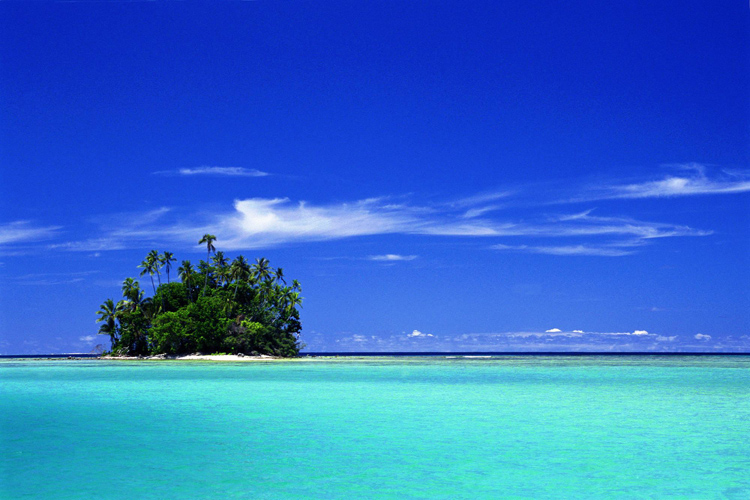Five Pacific Ocean islands have been swallowed by the sea due to high wave energy and sea level rise. since 1947.
The Solomon Islands comprise of nearly 1,000 small islands. They are home to roughly 560,000 people but soon they will be at the hands of climate change. In other words, many small islands may disappear from the map in the next decades.
Australian researchers analyzed satellite images and confirmed that five vegetated reef islands - Kale, Rapita, Rehana, Kakatina, and Zollies - have already been wiped out due to rising waters and erosion. These tiny islands were not inhabited by Solomon Islanders.
Additionally, six islands on the Isabel Province declined in area by more than 20 percent between 1947 and 2014. Although the study doesn't link the submerged islands with global warming, the truth is that the sea level rises at 7mm per year in the region.
"Climate change induced sea-level rise is anticipated to be one of the greatest challenges for humanity over the coming century. Shoreline recession at two sites [Nuatambu and Mararo] has destroyed villages that have existed since at least 1935, leading to community relocations," notes the study published in the Environmental Research Letters.
"Coastal erosion in the Solomon Islands over recent decades is causing unprecedented threats to the biota on these fragile islands and the subsistence communities who inhabit them."
Solomon Islands is an independent nation since 1978. The country has been inhabited at least since 30,000 BC.
